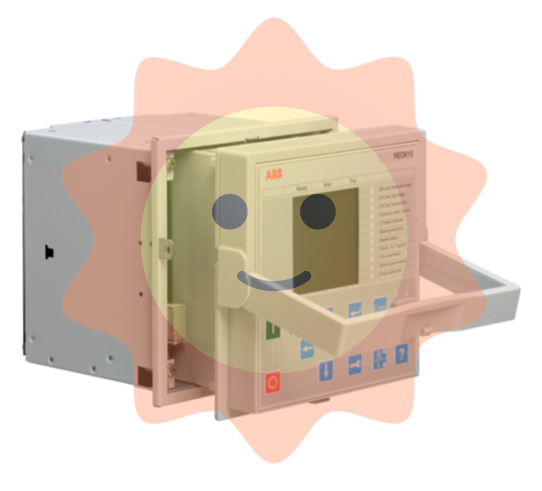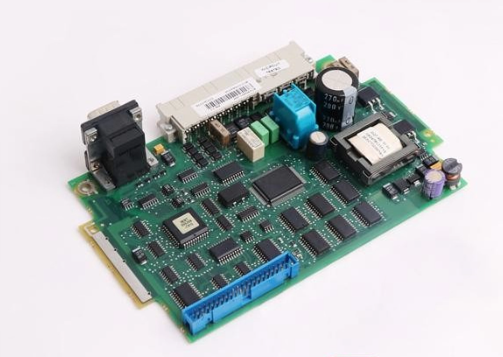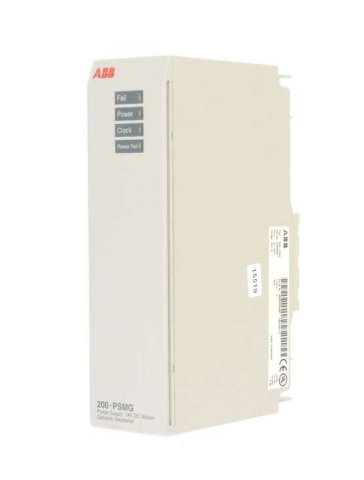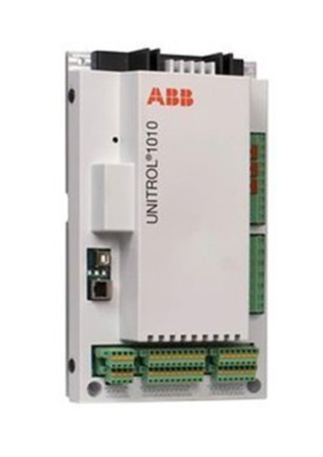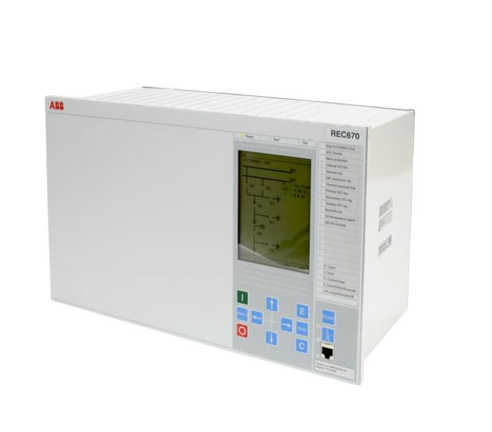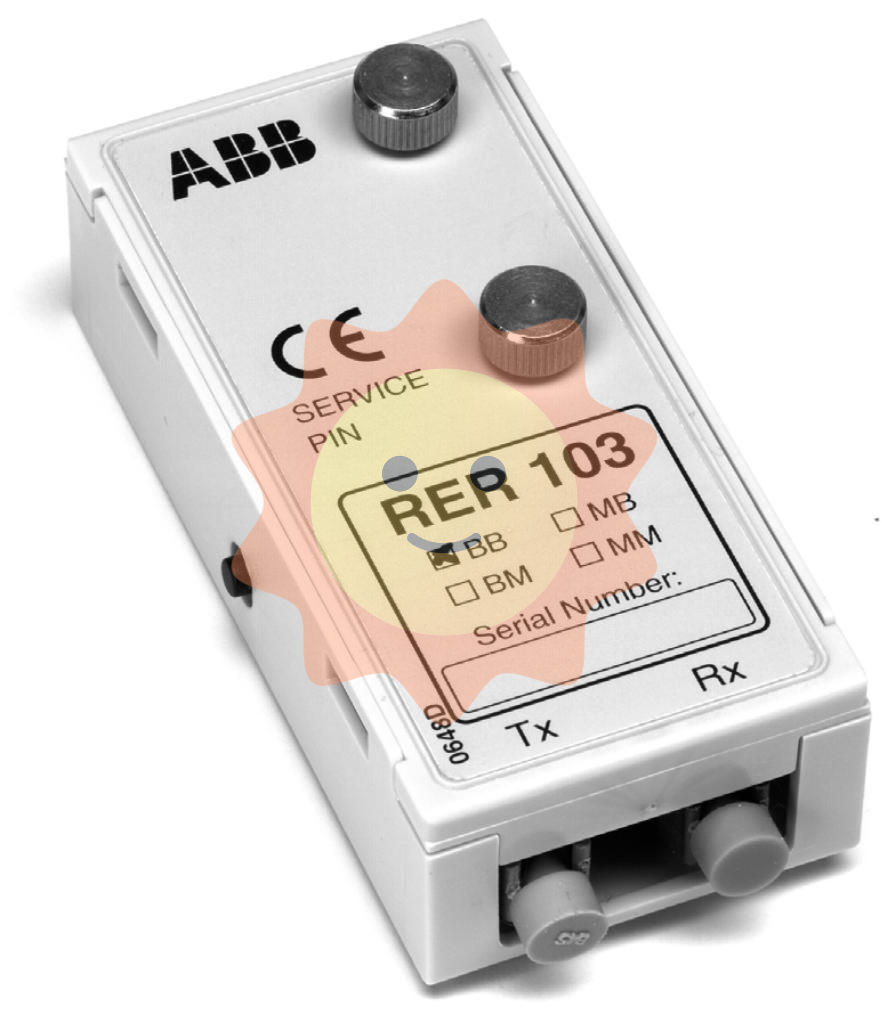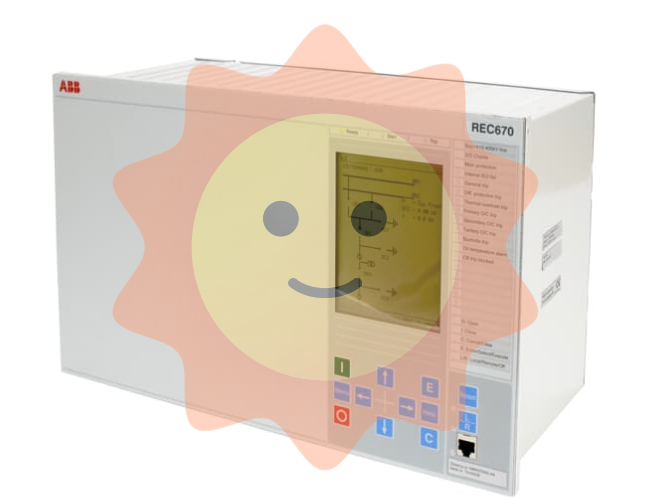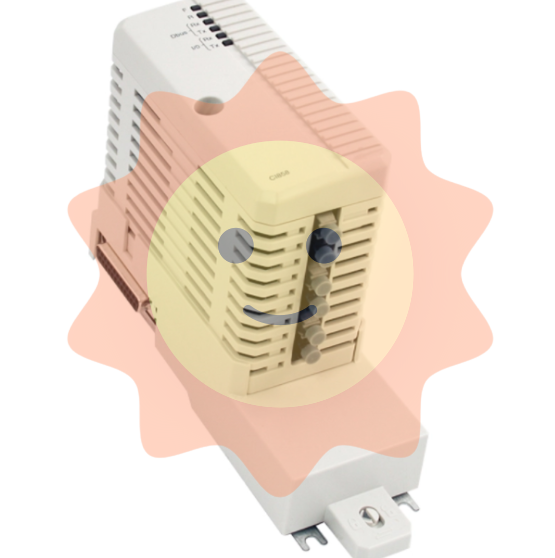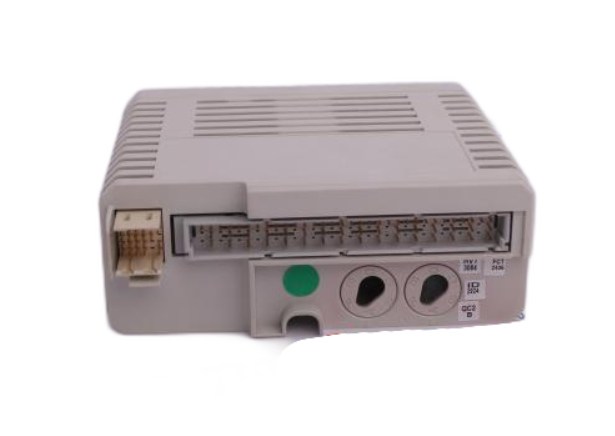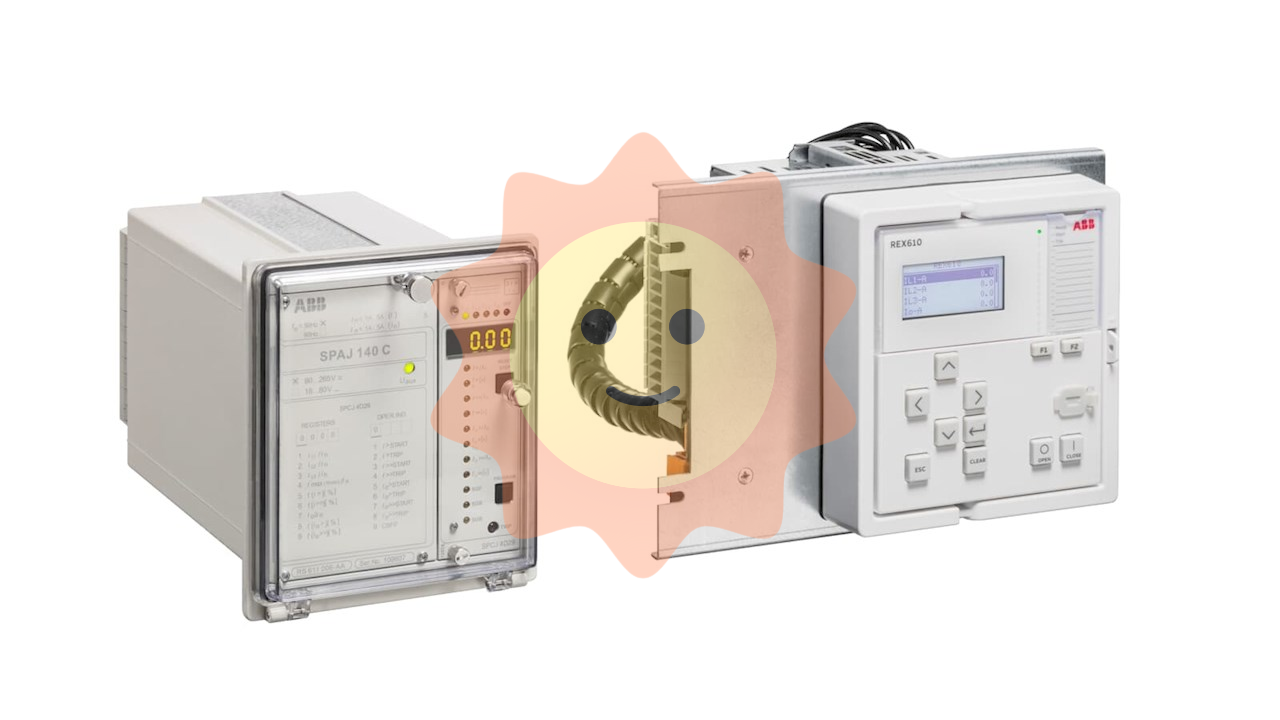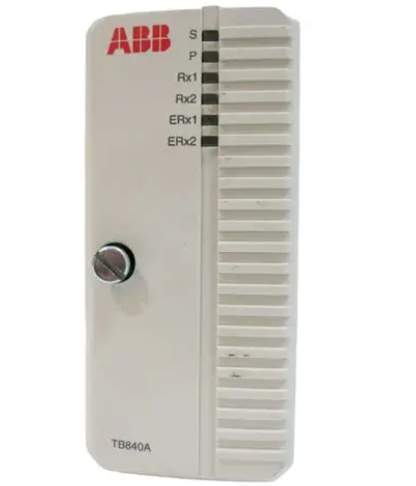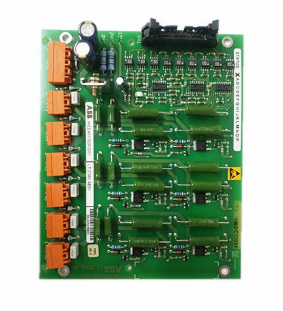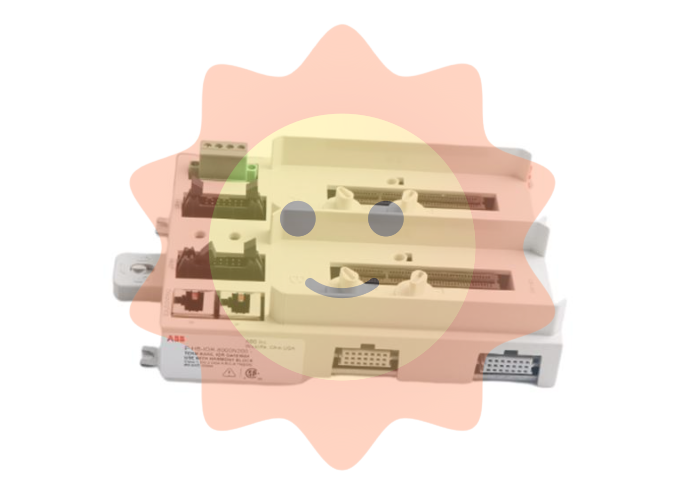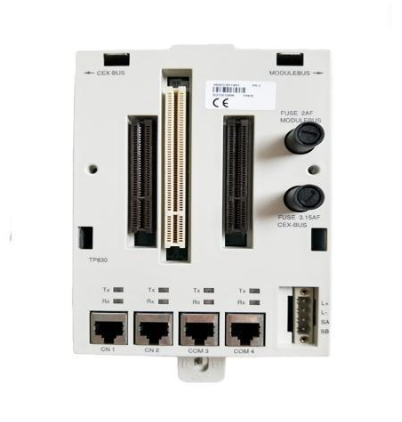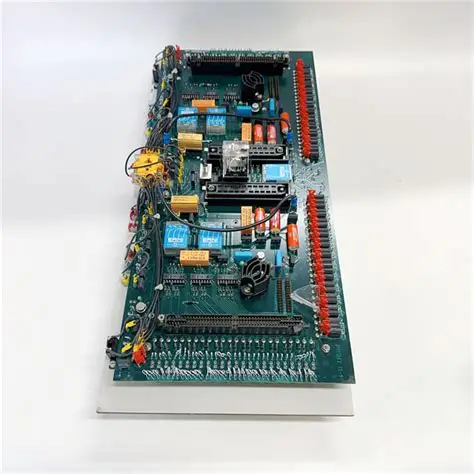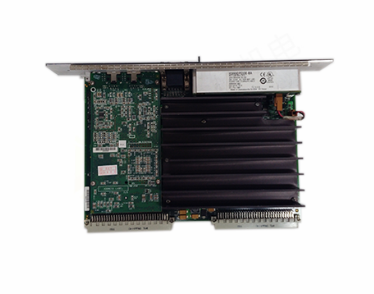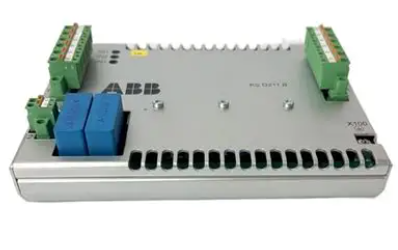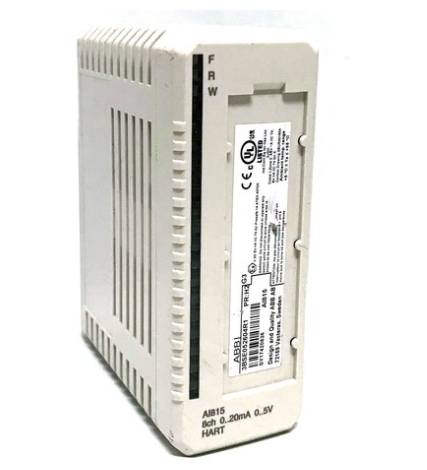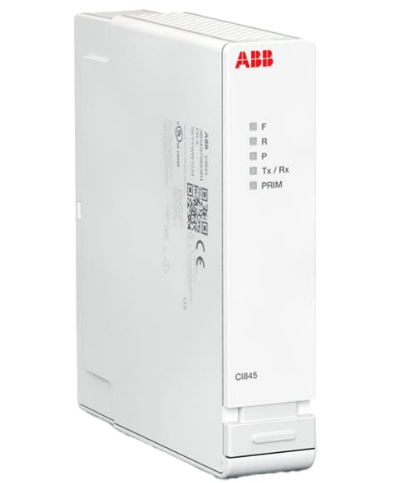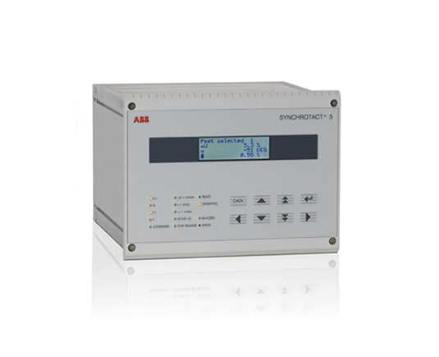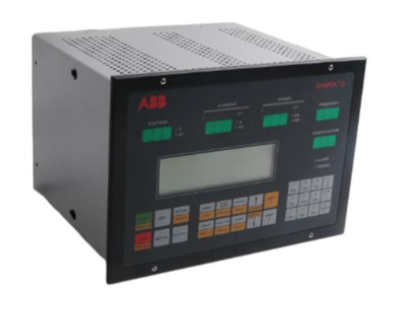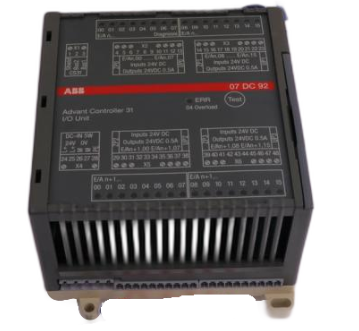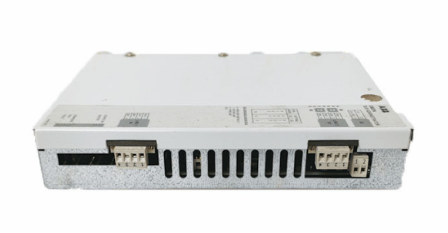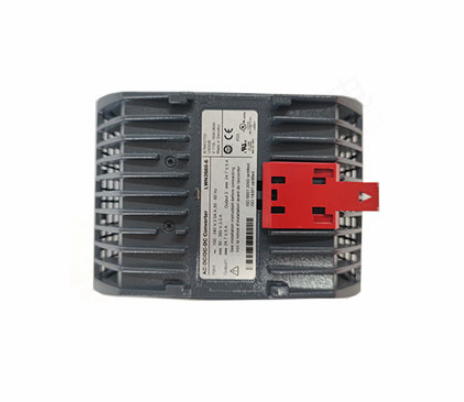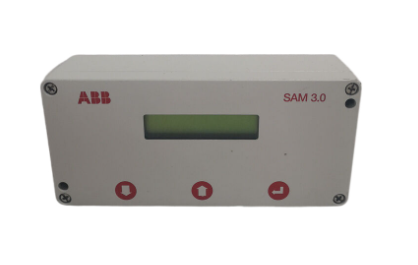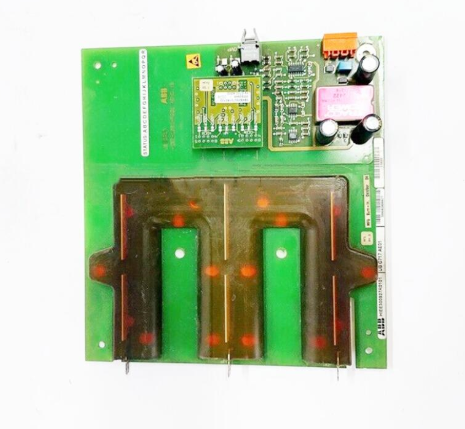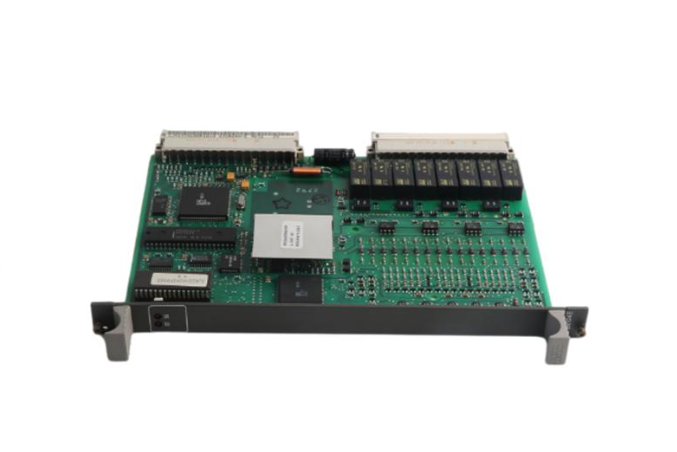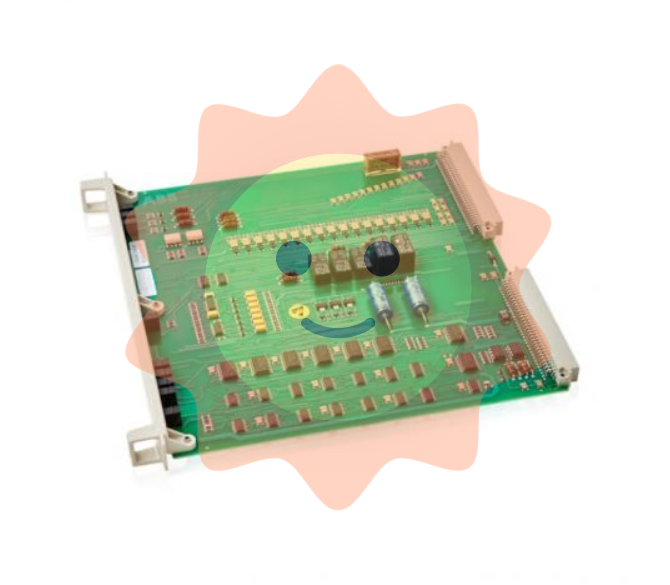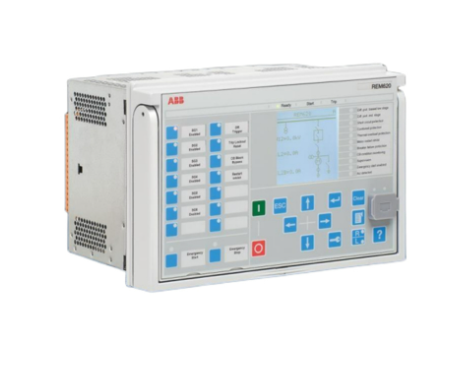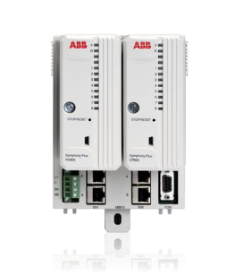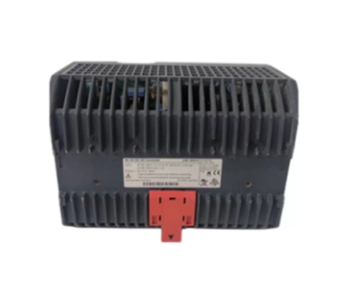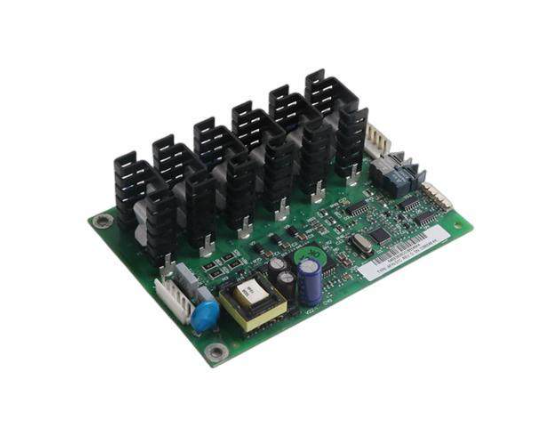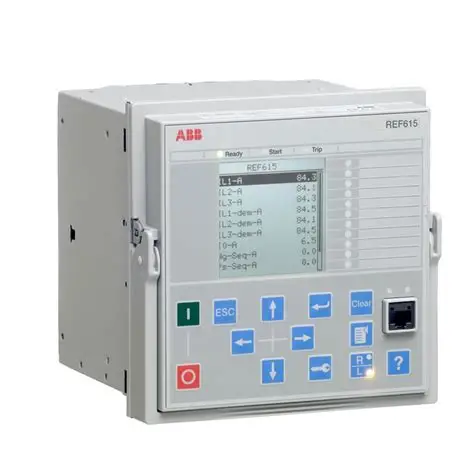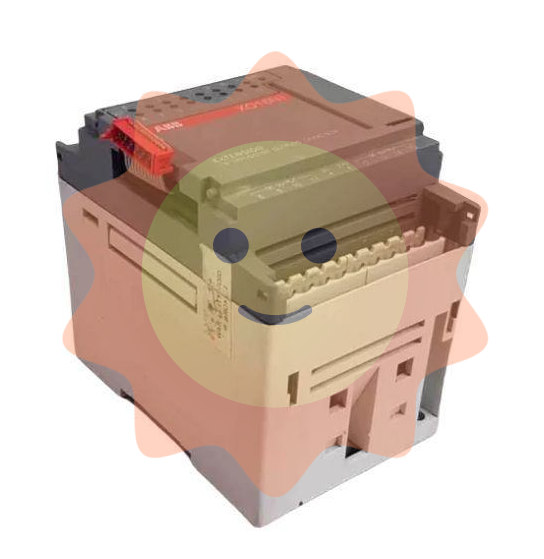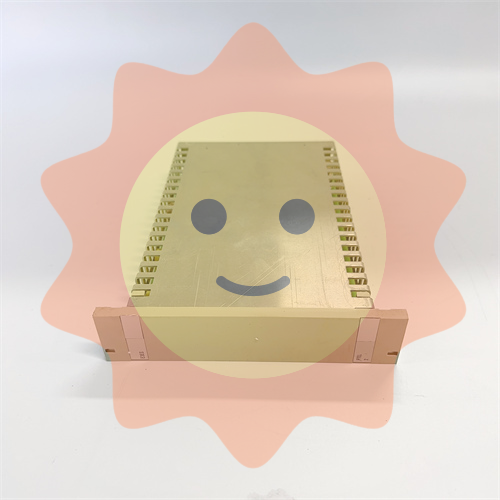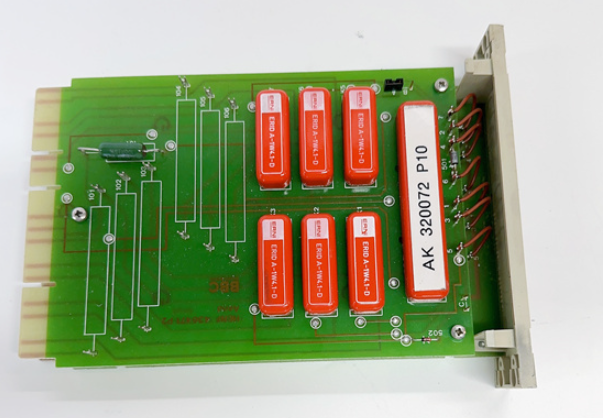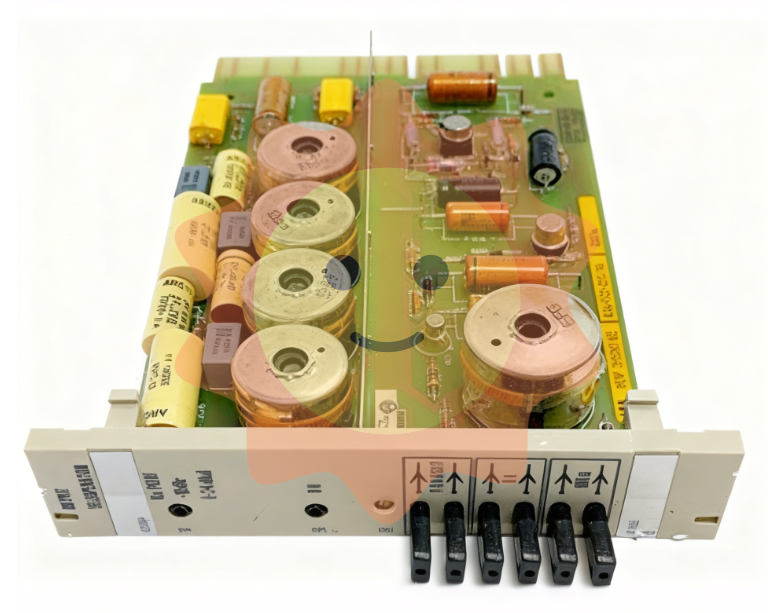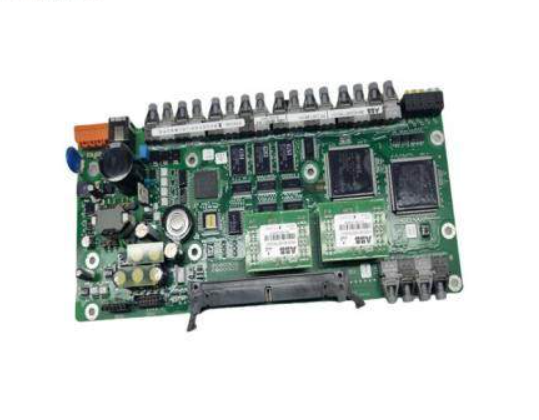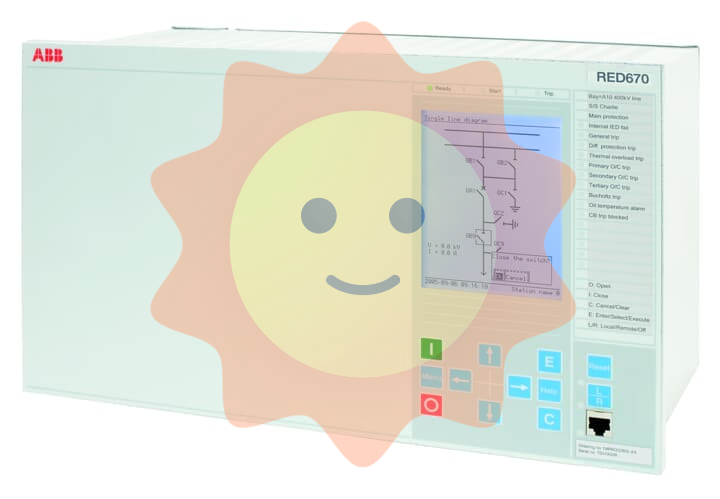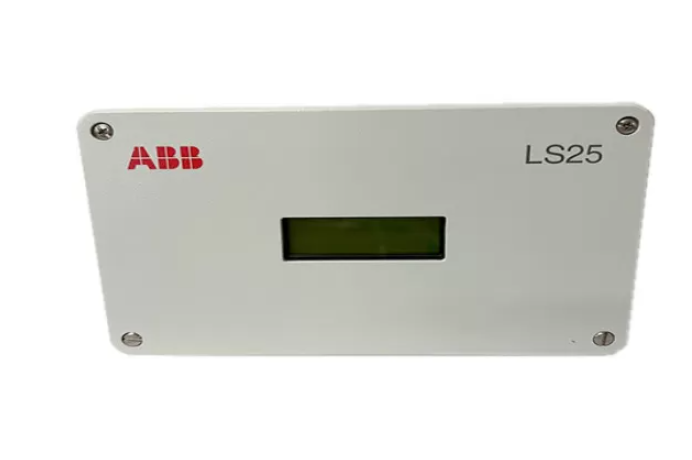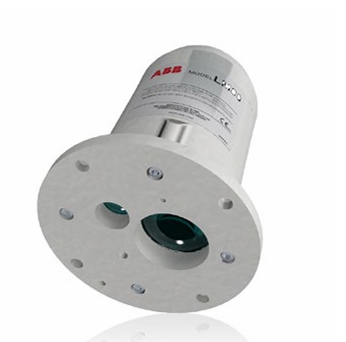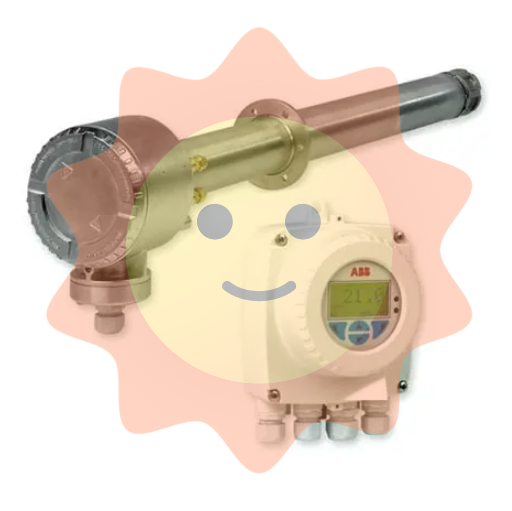Emerson A6110 Dual Channel Shaft Vibration Monitor
signal conditioning
Measurement input: Channel 1 is z8: SENS1H (+), z10: SENS1L (- signal); Channel 2 is d8: SENS2H (+), d10: SENS2L (- signal). Input nominal range -1.0... -22.16V, limit range 0... -30V DC, input resistance>100k Ω, with differential voltage amplification input, no response, resistant to open and short circuits.
Sensor signal output: front panel SMB socket and/or z14/z16 * (depending on J2 jumper settings), channel 1 is SENS 1 SMB K1, and channel 2 is SENS 2 SMB K2. Signal output -1... -24V, 1:1 with sensor input signal, accuracy ± 1% of full scale, frequency range 0... 16kHz (-3dB) ± 20%, allowable load resistance>100k Ω, internal resistance 1k Ω, resistance to open and short circuits, no response.
Dynamic output: Channel 1 is AC1, channel 2 is AC2, corresponding to z14/z16 * (depending on the J2 jumper setting). The nominal range is 0... 20Vpp, the measurement range is consistent with the measurement range of the characteristic value configuration (minimum 400mVpp, maximum 8000mVpp), the accuracy is ± 1% of the full range, the frequency range is 0.1Hz... 16kHz (-3dB) ± 20%, the allowable load resistance is>10k Ω, the source impedance is 10k Ω, the internal resistance is about 20 Ω, it is resistant to open and short circuits, and has no response.
Scaling DC output: Channel 1 is NGL1, channel 2 is NGL2, corresponding to z12/d12. The nominal range is 0...+10V DC, the measurement range is consistent with the working range of the sensor configuration (0V corresponds to the lower limit of the working range,+10V corresponds to the upper limit of the working range), the accuracy is ± 1% of the full range, the resolution is 12 bits, the allowable load resistance is>10k Ω, the internal resistance is about 50 Ω, it is resistant to open and short circuits, and there is no response.
Characteristic value signal adjustment: The input signal is adjusted by adjusting the amplifier, range dependent amplifier, high pass and low-pass before digitization. The range setting is determined by the configuration, with a minimum measurement range of 400mVpp and a maximum of 8000mVpp. The high pass filter is a second-order Butterworth filter with adjustable parameters (0.5Hz (-3dB) corresponds to a working frequency of 1Hz, 2Hz (-3dB) corresponds to a working frequency of 5Hz), with a tolerance of ± 20%; The low-pass filter is a 5th order Butterworth filter with a parameter range of 50Hz... 2000Hz and a step size of 0.01Hz.
Characteristic value formation: Depending on the configuration, S1 and S2 are separate characteristic values during dual channel operation, and 0-P or S-S evaluation can be selected; The maximum offset S max conforms to the characteristic value A of DIN 45670; the larger vibration amplitude S ppm conforms to the characteristic value B of DIN 45670 or the Max (X, Y) of API 670.
Current output characteristic values: Current output 1 is I1+/I1- corresponding to z18/b18 (0V/common terminal), and current output 2 is I2+/I2- corresponding to z20/b20 (0V/common terminal). The nominal range is 0... 20mA or 4... 20mA (depending on the configuration). When operating at 4... 20mA, the output for fault detection can be set to 0mA (Life zero operation) through configuration settings. The accuracy is ± 1% of the full scale, the resolution is 16 bits, and the load resistance is allowed to be 500 Ω.
Signal output EO 1/EO 2: corresponds to d14/d16, voltage output 0... 10V. Corresponding to characteristic values in independent channel mode, outputs single channel measurement values in S max and S PPmax modes, measurement range and evaluation corresponding characteristic values, can be used for linking or display, resistant to open and short circuits, no response. The nominal range is 0...+10V DC, with a resolution of 8 bits, allowing a load resistance of>10k Ω and an internal resistance of approximately 50 Ω.
Signal input EI1/EI2: Used to connect single channel measurement values 1...+10V for EO output, corresponding to b14/b16. The nominal voltage range is 0...+10V DC, with a resolution of 10 bits and an input resistance of>100k Ω.
Signal input KEY: used for internal speed determination to check the measurement in the analysis of measurement values, corresponding to d22. The signal level is 24V logic (LOW=0... 3V; HIGH=13... 48V), and the input resistance is>10k Ω.
Channel monitoring
Monitoring function: Continuously monitor sensor signals (within the configuration related GOOD range), system voltage (voltage OK), microprocessor functions (watchdog, WD-OK), configuration and setting parameters (C&P-OK), external disable signals (ES).
GOOD threshold: The lower limit is the lower limit of the sensor's working range -0.5V, and the upper limit is the upper limit of the sensor's working range+0.5V.
Channel status: No errors (OK) must meet the requirements of voltage OK, WD OK, C&P OK, sensor signal within the GOOD range, and no external disabling; If not satisfied, it is in an error state; When switching from an error state to an OK state or when the module is turned on, a release delay of 15 seconds (± 2 seconds) is considered as the release delay state.
- EMERSON
- Honeywell
- CTI
- Rolls-Royce
- General Electric
- Woodward
- Yaskawa
- xYCOM
- Motorola
- Siemens
- Rockwell
- ABB
- B&R
- HIMA
- Construction site
- electricity
- Automobile market
- PLC
- DCS
- Motor drivers
- VSD
- Implications
- cement
- CO2
- CEM
- methane
- Artificial intelligence
- Titanic
- Solar energy
- Hydrogen fuel cell
- Hydrogen and fuel cells
- Hydrogen and oxygen fuel cells
- tyre
- Chemical fiber
- dynamo
- corpuscle
- Pulp and paper
- printing
- fossil
- FANUC
- Food and beverage
- Life science
- Sewage treatment
- Personal care
- electricity
- boats
- infrastructure
- Automobile industry
- metallurgy
- Nuclear power generation
- Geothermal power generation
- Water and wastewater
- Infrastructure construction
- Mine hazard
- steel
- papermaking
- Natural gas industry
- Infrastructure construction
- Power and energy
- Rubber and plastic
- Renewable energy
- pharmacy
- mining
- Plastic industry
- Schneider
- Kongsberg
- NI
- Wind energy
- International petroleum
- International new energy network
- gas
- WATLOW
- ProSoft
- SEW
- wind
- ADVANCED
- Reliance
- YOKOGAWA
- TRICONEX
- FOXBORO
- METSO
- MAN
- Advantest
- ADVANCED
- ALSTOM
- Control Wave
- AB
- AMAT
- STUDER
- KONGSBERG
- MOTOROLA
- DANAHER MOTION
- Bently
- Galil
- EATON
- MOLEX
- Triconex
- DEIF
- B&W
- ZYGO
- Aerotech
- DANFOSS
- KOLLMORGEN
- Beijer
- Endress+Hauser
- MOOG
- KB
- Moxa
- Rexroth


Email:wang@kongjiangauto.com













